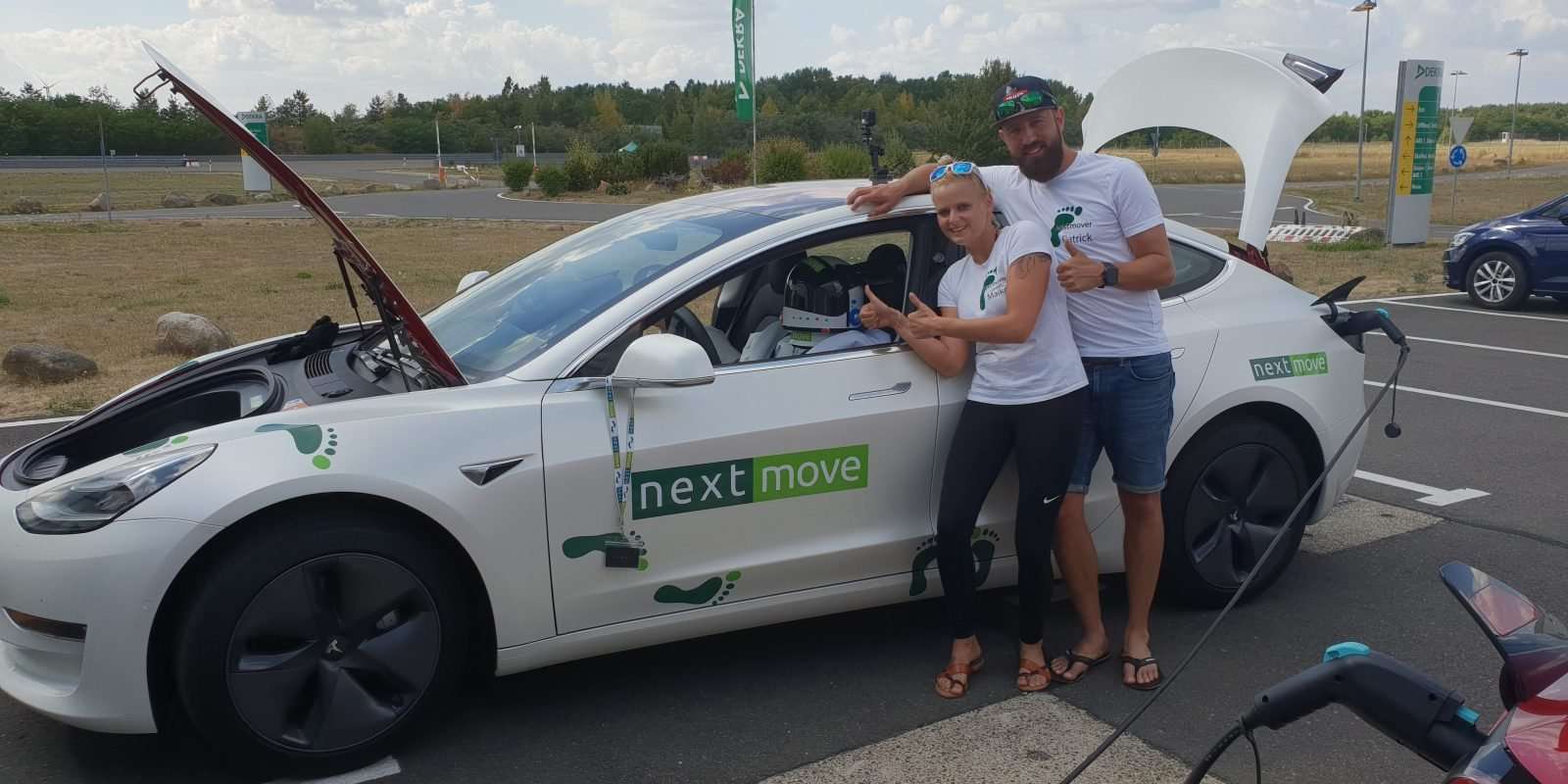Just a few months after establishing the 606-mile (975 km) Tesla Model 3 hypermiling record, another team has beat it with a 622-mile (1,001 km) run with a twist: the Model 3 was also “unmanned” and on Autopilot.
Hypermiling is the practice of driving vehicles as efficiently as possible in order to achieve the longest distance possible on one charge/fuel tank.
It’s not a useful way to determine the range of a vehicle for normal driving, but it’s an interesting way to see how efficient a vehicle can be and how the way someone drives can impact fuel efficiency.
The new Model 3 record was organized by electric car rental company ‘nextmove’ in Germany this weekend.
A potential reason why they were able to beat the record is that they did the attempt at the DEKRA testing grounds in Klettwitz, Brandenburg instead of on public roads like the recent previous record.
That said, it appears that Autopilot was actually a bigger factor since they also drove another Model 3 with an identical configuration next to the unmanned Model 3 on Autopilot and it ended up traveling 14 fewer miles (23 km) than the unmanned Model 3.
nextmove Managing Director Stefan Moeller said that using a test circuit helped manage the use of Autopilot:
“Naturally, a test circuit with clear markings, long straights, broad curves and few surprises provides near-ideal conditions for the Tesla autopilot. Admittedly, we did not know in advance whether the autopilot could reach the total distance without fault, even during the night.”
When they say that it was “unmanned”, they actually used a dummy called Spacy, who is apparently the younger brother of Starman who is currently traveling through space in a Tesla Roadster.
As for how they managed to keep Autopilot working, nextmove explained:
“In order to make the autopilot think that there was a person sitting at the wheel, a number of tricks were employed: Stefan Moeller started the car and positioned the aids to imitate a hu- man driver in the Tesla Model 3. Finally, he climbed out of the side window during a brief stop: This ensured that nextmove could reenter the car at any time. So as not to lose any aerodynamics, Moeller taped up the side window. Spacy sat in the driver’s seat but during the night, he slept on a mattress that was placed on the folded-down back seats.”
Obviously, this is not something that is recommended to do and nextmove acknowledged that, but they did it in a controlled environment.

MakerMuperMaster on July 16th, 2018 at 16:51 UTC »
Am I missing something here?
The current hypermiling record is 2,617 set by a 2012 VW Passat TDI.
fuelter on July 16th, 2018 at 13:47 UTC »
Sooo not practical in any way.
johnmountain on July 16th, 2018 at 13:36 UTC »
I have a dream that one day all EVs, even the lowest-code one will have a battery pack from which you can squeeze 1,000+ km with "real-world driving" (so probably 200+ kWh).
Either way, I expect most of the mainstream EVs to have 100+ kWh battery packs within 7-10 years.